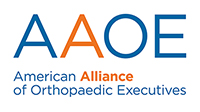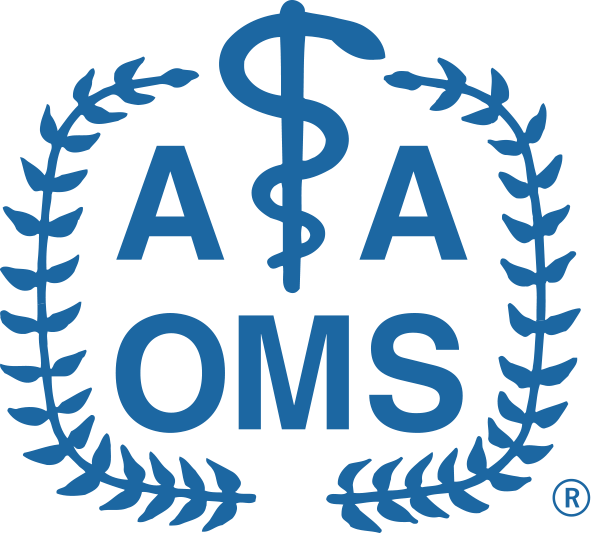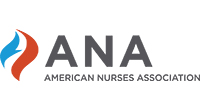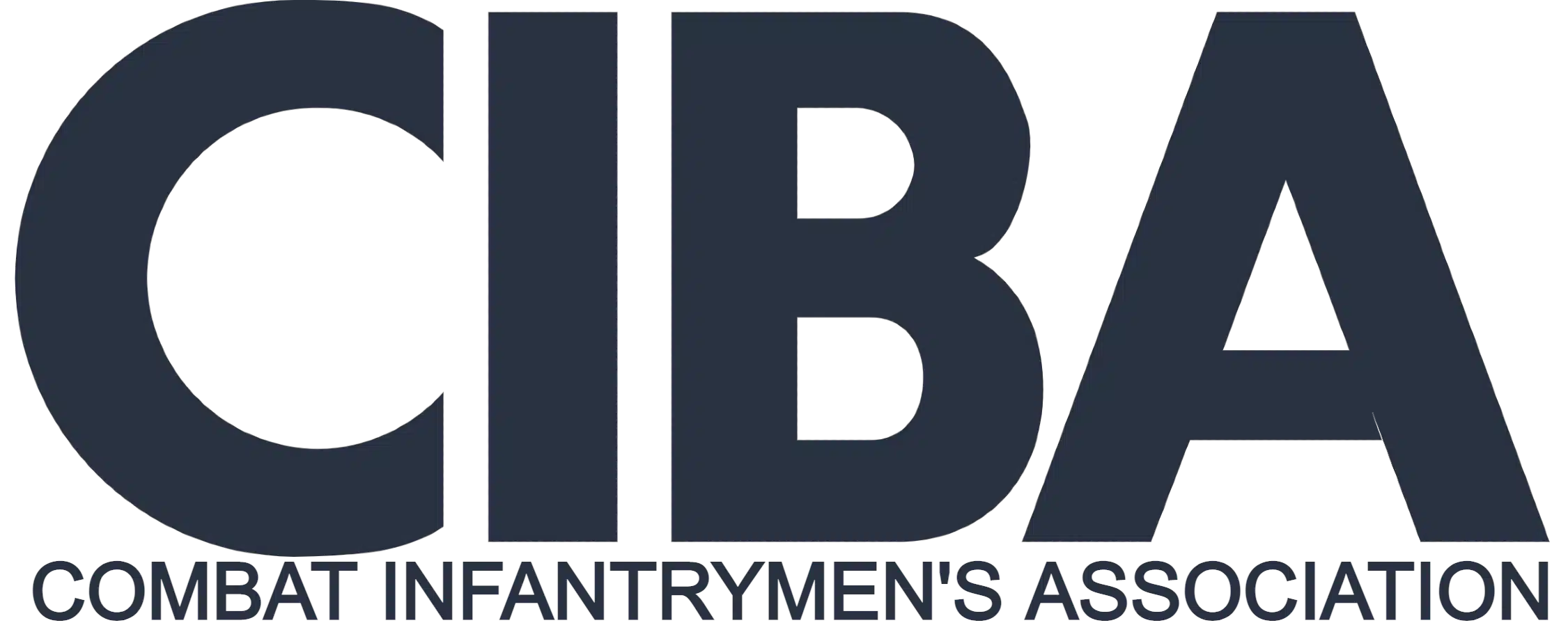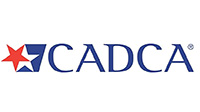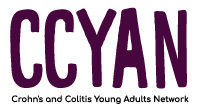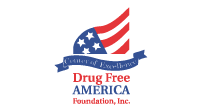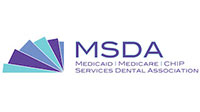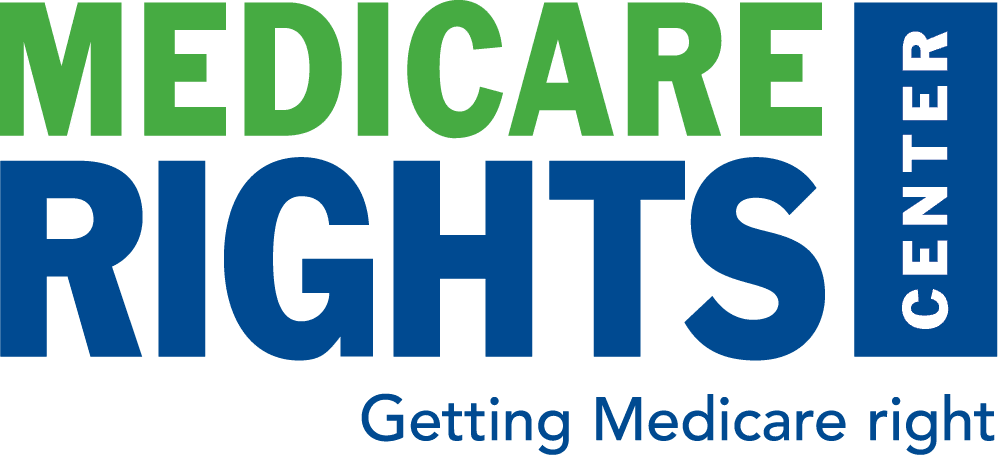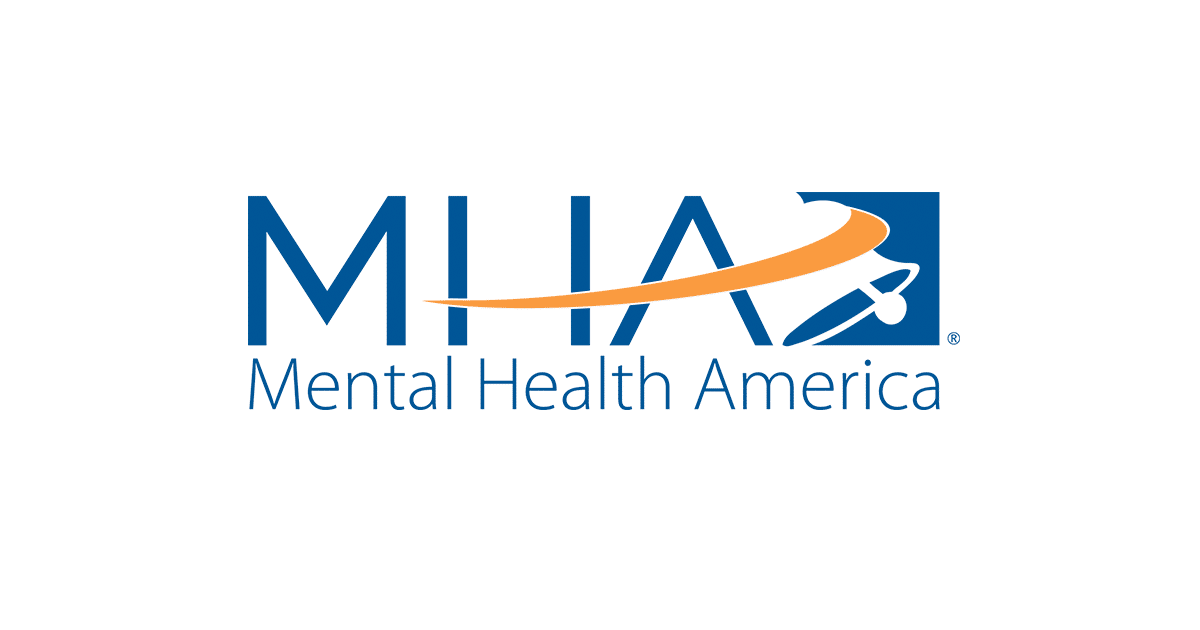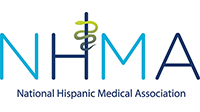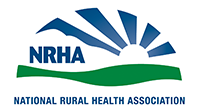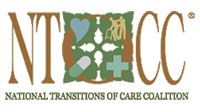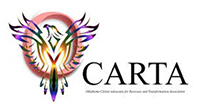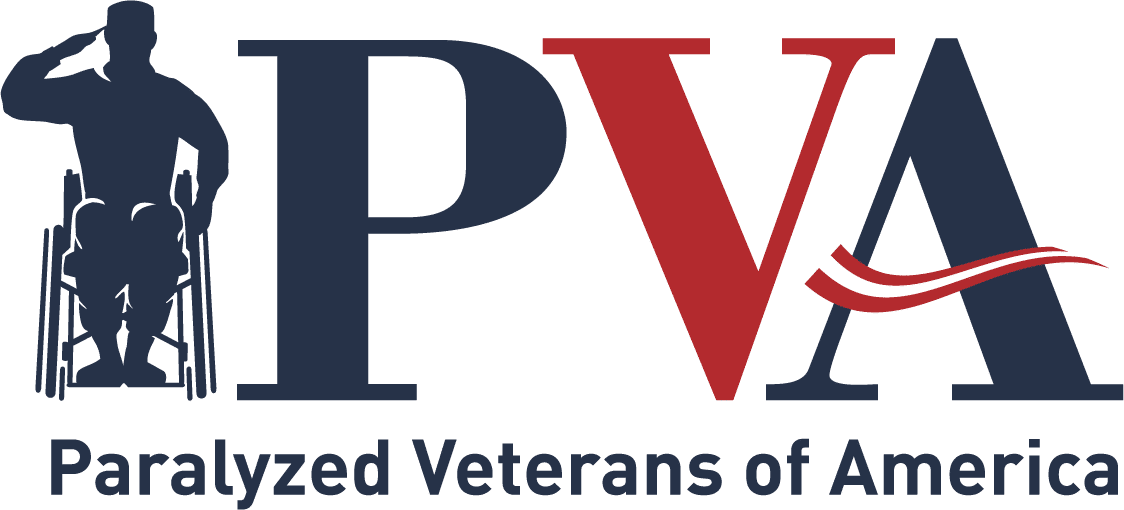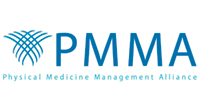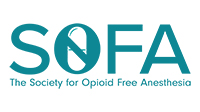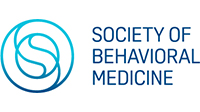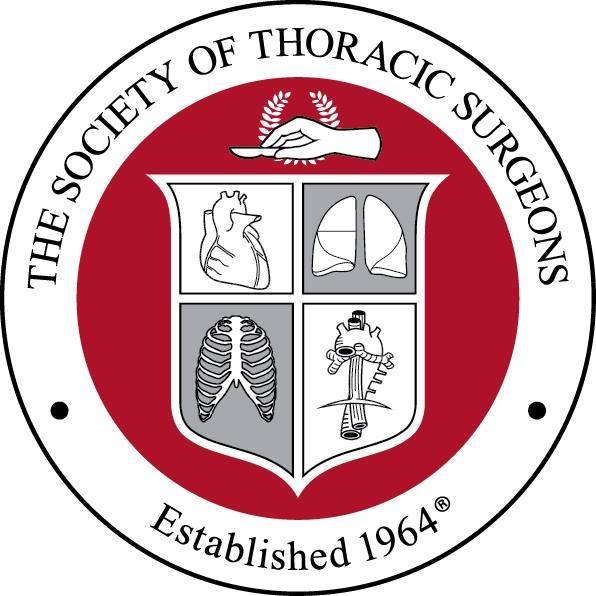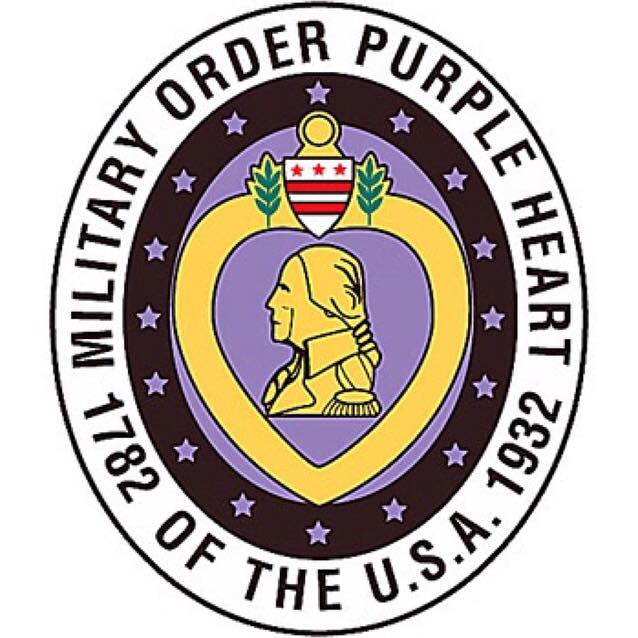

Oklahoma
State Facts
Deaths, or 58.2% of total overdose deaths involved opioids in 2024.¹
Claims, or 5.26% of all Medicare Part D claims were for opioids in 2022 – an average of 72 per prescriber.²
Opioid Prescriptions were written for every 100 persons in Oklahoma in 2023.³
Beneficiaries on Medicare Part D had Opioid Use Disorder in 2022.⁴
Opioid Settlement Funds
National approved use: providing support for non-opioid pain treatment alternatives, including training providers to offer or refer to multi-modal, evidence-informed treatment of pain.
2024 Passed Relevant Legislation
SB 1344
This bill requires Medicaid to treat non-opioid pain medications no less favorably than opioids, directs the state to pursue grants for non-opioid education and services, and allows use of opioid settlement funds to support related education efforts.
Effective date
11/01/20242025 Introduced Relevant Legislation
HB 1416
Mandates that the state Medicaid Preferred Drug List (PDL) and utilization management policies must not disadvantage non-opioid pain medications compared to opioids. It also requires the state to pursue grant opportunities for education and services related to non-opioid medications. Additionally, the state may allocate opioid settlement funds to support educational initiatives promoting non-opioid alternatives.
Introduced
01/16/2025Plan Impact
MedicaidVoices Letters
HB 1416 Voices + Shatterproof Letter of Support
1. Centers for Disease Control and Prevention (2025). Provisional Drug Overdose Death Counts. https://www.cdc.gov/nchs/nvss/vsrr/drug-overdose-data.htm
2. Centers for Disease Control and Prevention (2024). Medicare Part D Opioid Prescribing Mapping Tool. https://cms-oeda.maps.arcgis.com/apps/MapSeries/index.html?appid=5390718d875d4c049b1ac5976a9ff083
3. Center for Disease Control and Prevention (2024). Opioid Dispensing Rate Maps. https://www.cdc.gov/overdose-prevention/data-research/facts-stats/opioid-dispensing-rate-maps.html
4. Office of the Inspector General (2023). The Consistently Low Percentage of Medicare Enrollees Receiving Medication to Treat Their Opioid Use Disorder Remains a Concern. https://oig.hhs.gov/documents/evaluation/2722/OEI-02-23-00250-Complete%20Report.pdf




